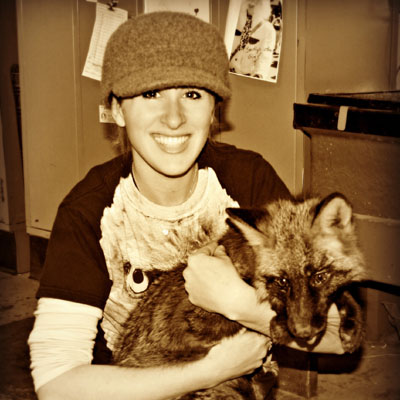I've been a broadcast meteorologist on television since the early 1990's. Happy to answer any questions about the weather or local TV news. Yes, I often wear sneakers on set just out of view of the camera.
I'd need a little bit more information, including location and time. That said, if you think it was not hail there is something called "graupel". https://en.wikipedia.org/wiki/Graupel
Different computer forecast models will give guidance on the amount of liquid. Snow totals are variable based largely on the temperature profile of the atmosphere above the ground. A general rule is about 9-10 inches of snow per inch of liquid, variable based on several factors, including forecaster experience in the area. Great question.
You bet. kselle@kfdx.com
Great question. All cloud drops form on a speck of something called a condensation nuclei, dust, smoke, sea salt, etc. The idea with seeding is to introduce these particles, often silver iodide, to encourage the water vapor in the air to condense into a cloud droplet and then merge with other drops to form rain. A lot of question as to if it works but there is enough evidence that people keep trying. Thanks!
Server / Bartender
 How much more do female servers get tipped?
How much more do female servers get tipped?
Programmer
 Why are most developers socially withdrawn?
Why are most developers socially withdrawn?
Zookeeper and Animal Trainer
 Which cuddly-seeming animals are actually dangerous to be around?
Which cuddly-seeming animals are actually dangerous to be around?
For weather the primary tools are satellites, radar and computer forecast models that use weather balloon data and many types of other sensors.
Thanks, Marty. Not really as you've described. I do know there is some evidence, and research, that shows that the heat island effect of cities can affect local weather. I remember one study showing the increased heat radiation from Atlanta on a hot summer day has been shown to create small thunderstorms just downstream. Buildings can certainly affect wind flow and some coastal buildings have been seen to create some small cloud or fog formation as air moves past them. Good question.
Great question, Judith. I must say I'm not really familiar with SF climatology. In general air pressure changes with the movement of weather systems so a short move might not have a big effect. But local topography could come into play. I'll suggest your local National Weather Service office would find your question interesting. Good luck! Contact info at the bottom. http://www.weather.gov/mtr/
-OR-
 Login with Facebook
Login with Facebook (max 20 characters - letters, numbers, and underscores only. Note that your username is private, and you have the option to choose an alias when asking questions or hosting a Q&A.)
(A valid e-mail address is required. Your e-mail will not be shared with anyone.)
(min 5 characters)
By checking this box, you acknowledge that you have read and agree to Jobstr.com’s Terms and Privacy Policy.
-OR-
 Register with Facebook
Register with Facebook(Don't worry: you'll be able to choose an alias when asking questions or hosting a Q&A.)